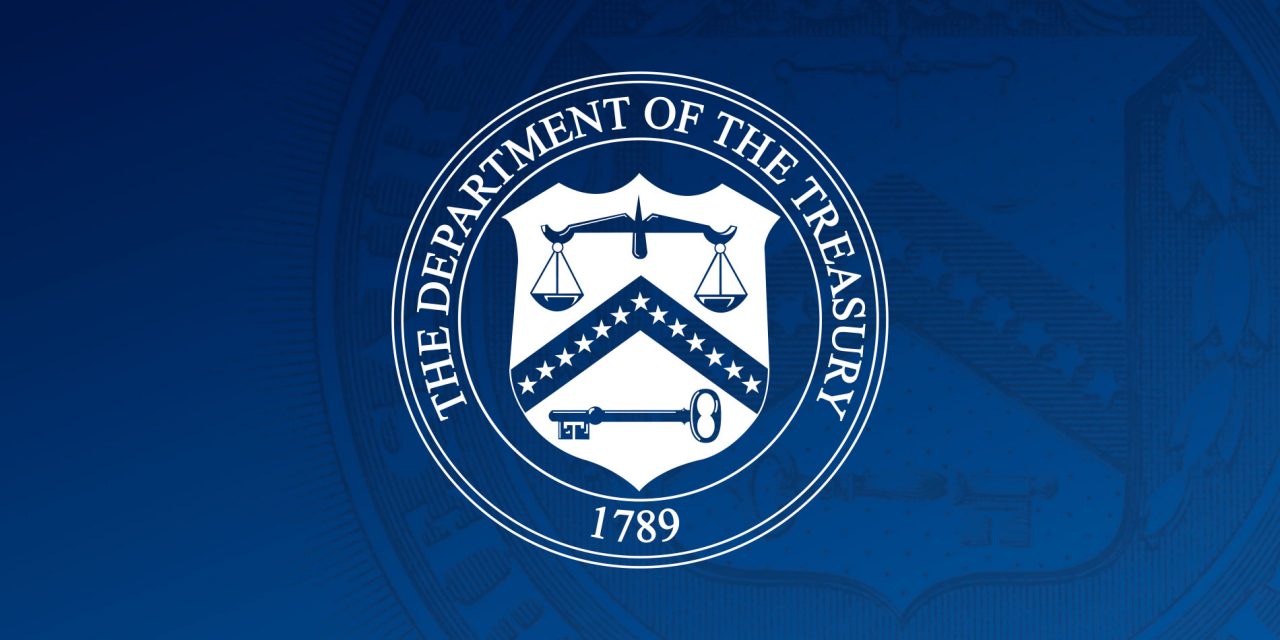The Internal Revenue Service announced today that the agency is opening a supplemental claim process to help third-party payers and their clients resolve incorrect claims for the Employee Retention Credit.
Third-party payers report and pay clients’ federal employment taxes under the third-party payer’s Employer Identification Number. They handle clients’ payroll and tax reporting duties. Some of these TPPs filed ERC claims for multiple employers. If a third-party payer’s client has since determined it is ineligible for the ERC and wants to resolve their claim, it is the third-party payer that needs to correct it.
This supplemental claim process lets a third-party payer that filed a prior claim with multiple clients “withdraw” only some clients while maintaining the claims of the qualifying clients.
“The supplemental claim program is a critical step to improve the IRS’s ability to process Employee Retention Credit claims for this more complex segment of taxpayers,” said IRS Commissioner Danny Werfel. “As we continue to accelerate and intensify our work in this area to help qualifying small businesses and protect against improper claims, we continue to explore and develop additional ways to speed our work on this incredibly detailed credit where the number of claims exploded following aggressive marketing.”
About supplemental claims
A supplemental claim is an adjusted employment tax return that allows a third-party payer to correct and/or consolidate previous claims that they filed on or before Jan. 31, 2024, if those claims have not yet been processed by the IRS.
By filing a supplemental claim, the third-party payer is asking the IRS not to process outstanding adjusted employment tax returns for the tax period. The IRS will treat claims filed before the supplemental claim as if they were never filed.
The supplemental claim process is for third-party payers to which all of the following apply:
- The third-party payer has filed one or more claims aggregating Employee Retention Credits for itself and/or clients using the TPP’s Employer Identification Number.
- The third-party payer made the claim on an adjusted employment tax return (Forms 941-X, 943-X, 944-X or CT-1X).
- The IRS has not processed any of the claims the third-party payer is including in the supplemental claim.
This process is not for:
- Common law employers who did not use a third-party payer and instead filed adjusted employment tax returns using their own Employer Identification Number. These employers may be eligible for either the claim withdrawal process if their claim is pending, or for the IRS’s second Voluntary Disclosure Program if they received the ERC either as a refund or a credit against tax owed.
- Third-party payers that received the full amount of ERC claimed on behalf of themselves and their clients – either as a refund or a credit against tax owed. They may be eligible for the IRS’s second Voluntary Disclosure Program.
Submitting supplemental claims related to ERC
A third-party payer must prepare one supplemental claim for each tax period filed on or before Jan. 31, 2024. Each claim must include the correct amount of ERC and any other corrections for that tax period. The third-party payer should use the adjusted employment tax return for their type of business – Form 941-X, Form 943-X, Form 944-X or Form CT1-X – to prepare the supplemental claim.
The third-party payer should not include ERC amounts that were filed after Jan. 31, 2024. The amount of ERC on the supplemental claim must be equal to or less than the cumulative amount of ERC claimed on the returns the third-party payer is replacing by filing the supplement claim.
Third-party payers can submit a supplemental claim using a computer or mobile device to fax the documents by 11:59 p.m., Nov. 22, 2024.
For details see Filing a supplemental claim for the Employee Retention Credit and Supplemental claim frequently asked questions for third-party payers.
What happens next
The IRS will review the supplemental claim to make sure it has all items necessary for it to be processed.
If the supplemental claim is complete, the IRS will review the claim and determine if it will be accepted as filed, partially allowed/disallowed, or if the supplemental claim needs additional review or examination.
The supplemental claim becomes the sole adjusted employment tax return for the tax period. The IRS will review the supplemental claims instead of adjusted employment tax returns filed on or before Jan. 31, 2024.
Source: IRS-2024-246, Sept. 26, 2024




